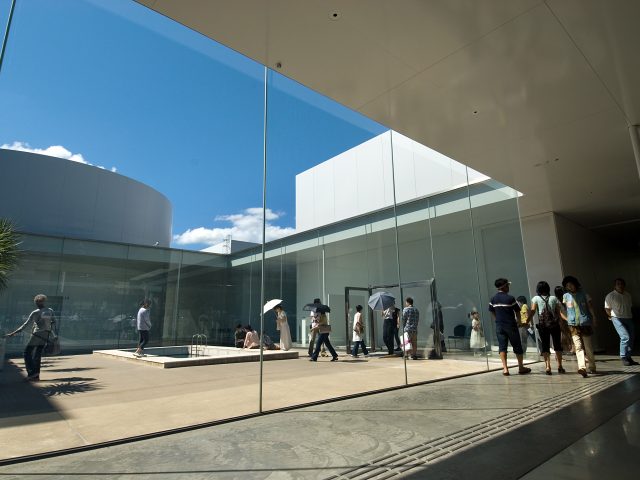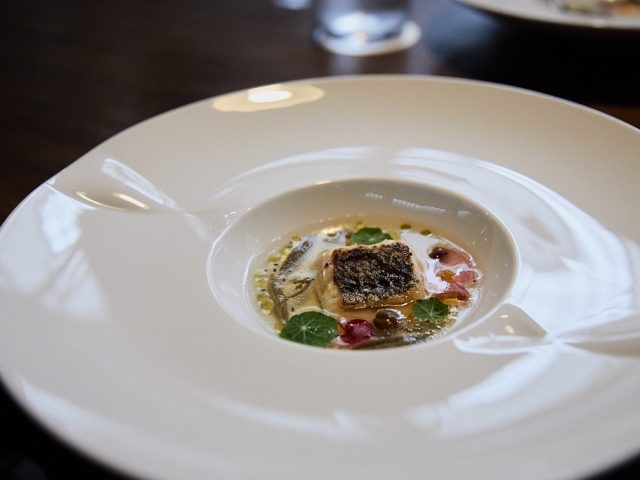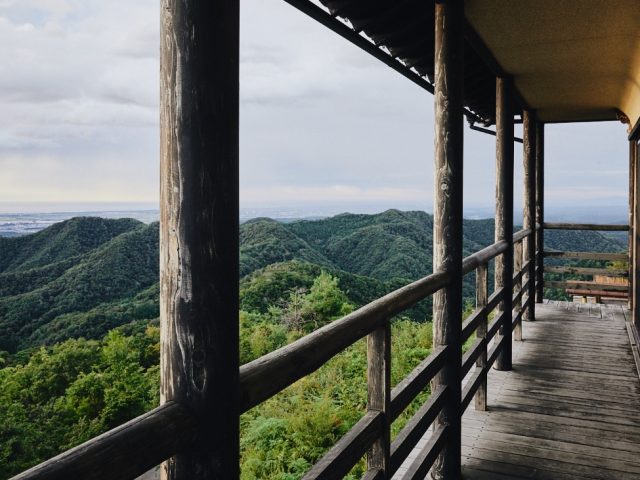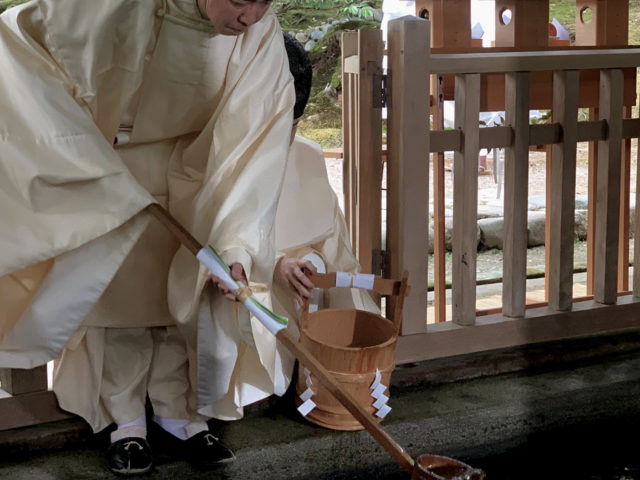Noyaki: Wildfire Earthenware on Kanazawa’s Beach
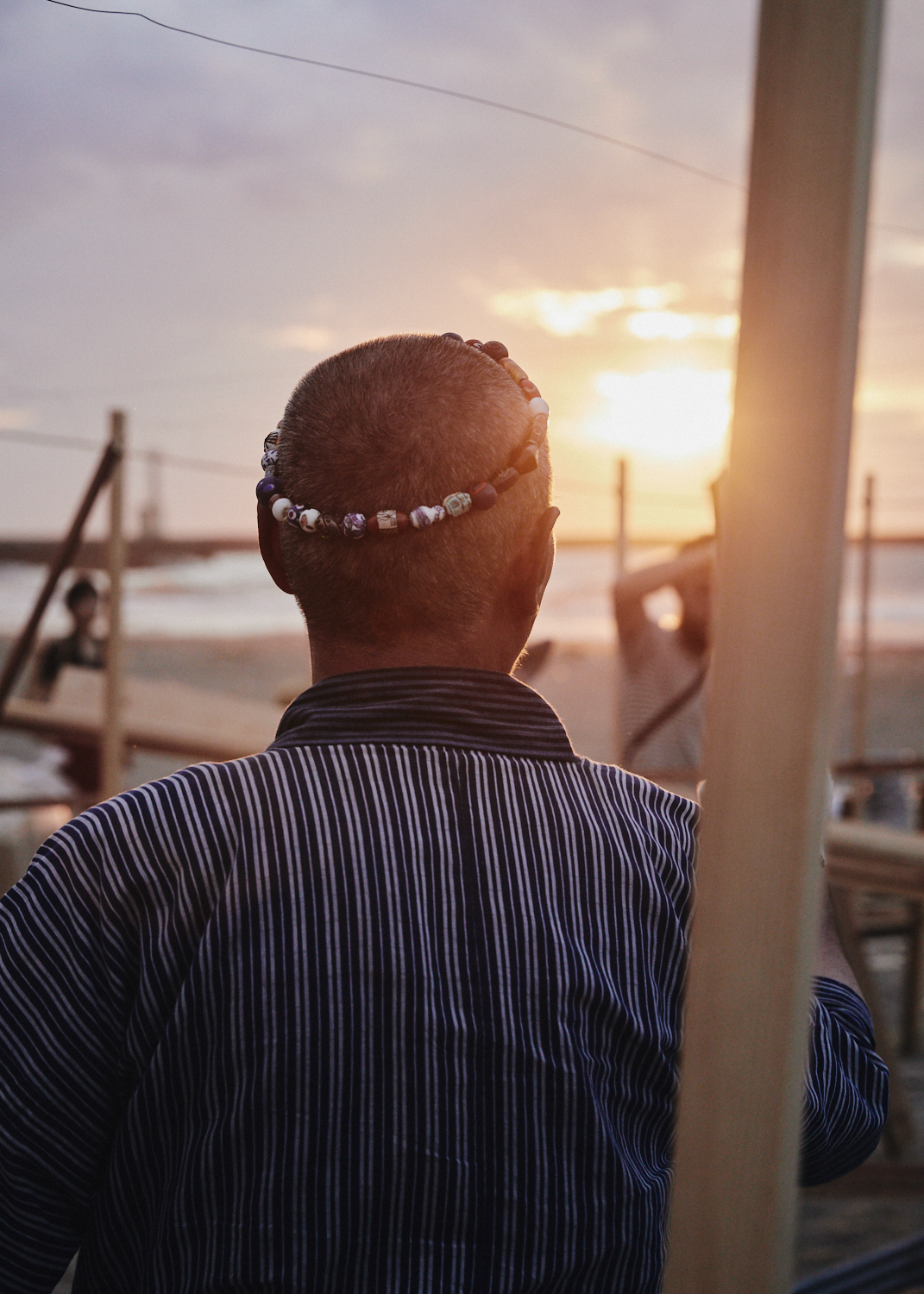
Once every summer, just as the temperatures have passed their peak, a god of fire is called to work the creation of a unique kind of Japanese earthenware on Kanazawa’s shores.
Noyaki, literally translated as “wild burning” or “wild baking,” has been the yearly ritual of the family-run Hokutoh Pottery House for almost half a century.
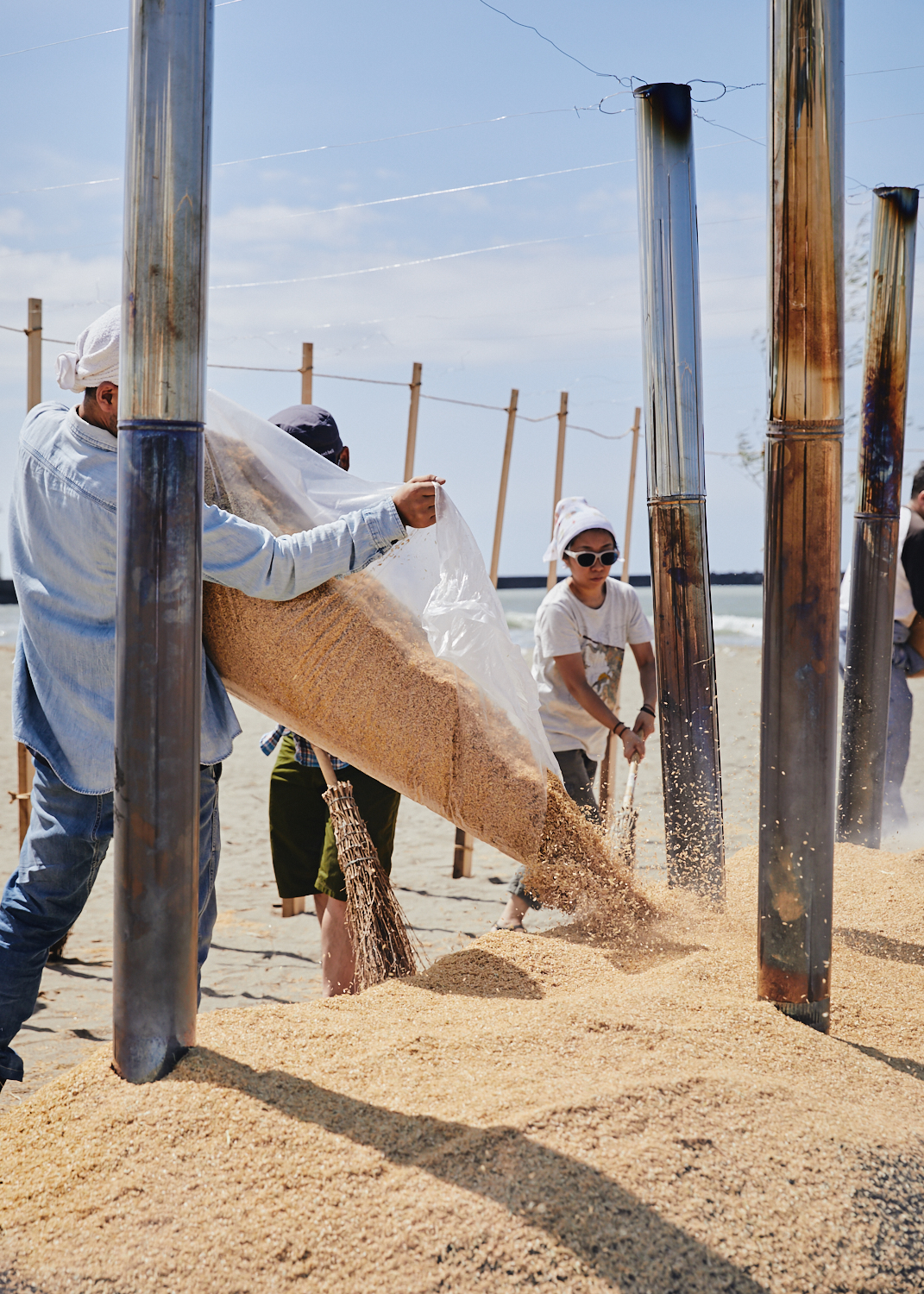
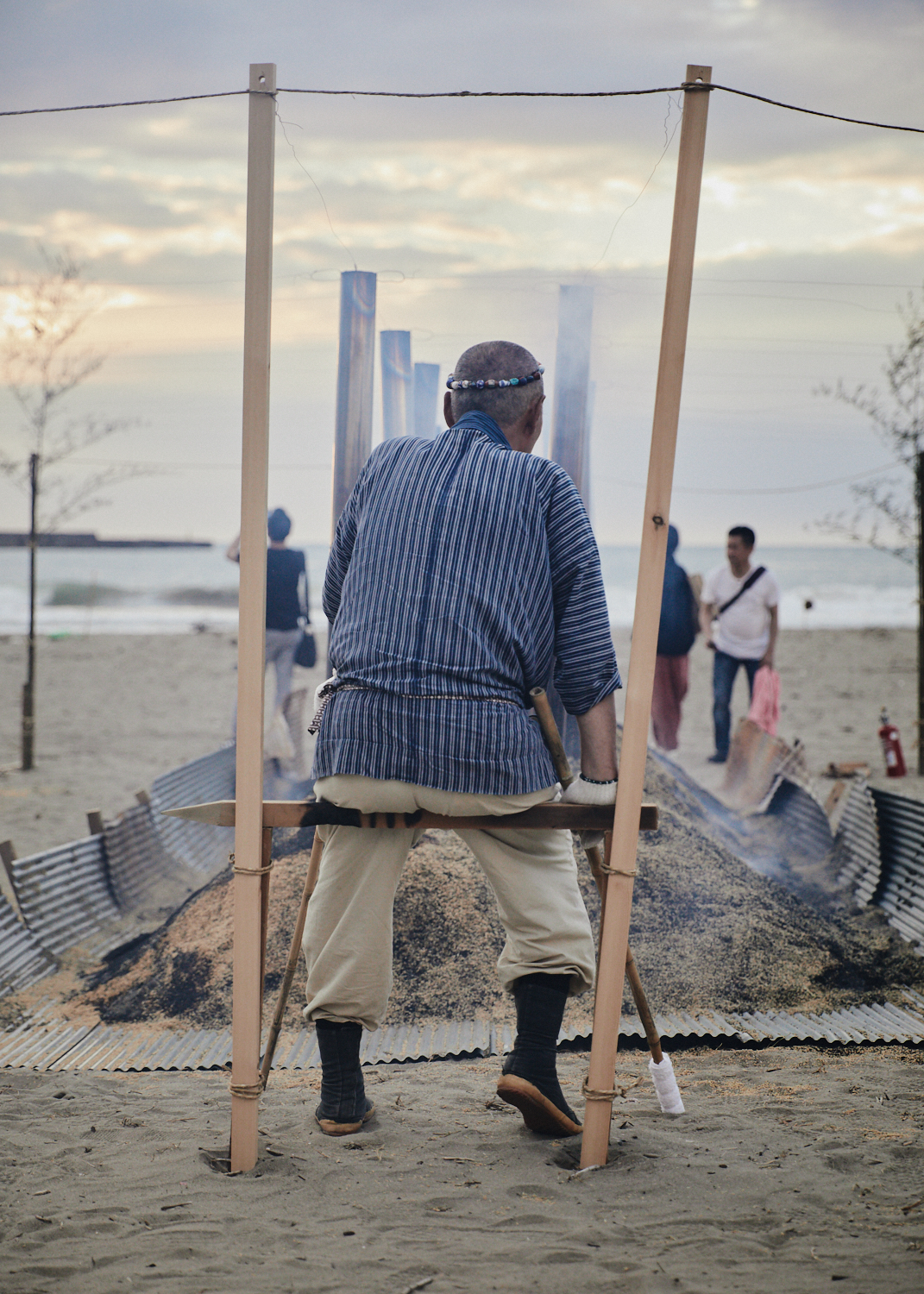
In the months leading up to the event, masters and amateurs alike throw clay to make a variety of objects: bowls, vases, lanterns, and a myriad of statues and figures. No turntables are used for these low-heat works. No paints or glaze will be applied.
Only the fire adds finish.
On Kanazawa’s beaches, south of Uchinada and very near the soy-sauce producing port of Ono, bamboo posts are connected by strings with dangling shide, the white paper of Shinto practice, marking a sacred spot. Hokutoh’s master, Seppou Iida, pours sake over the ground, further purifying it, making way for a fire god to bless it for the next twenty-four hours.
After igniting a ritual torch, a number of fires are set under metal crates, each with a smoke stack, allowing the fires to breathe. The unbaked earthenware is arranged around the crates and packed with cast off hulls of rice. Closest to the stacks, the hulls quickly blacken, then ashen.
The god has begun to work.
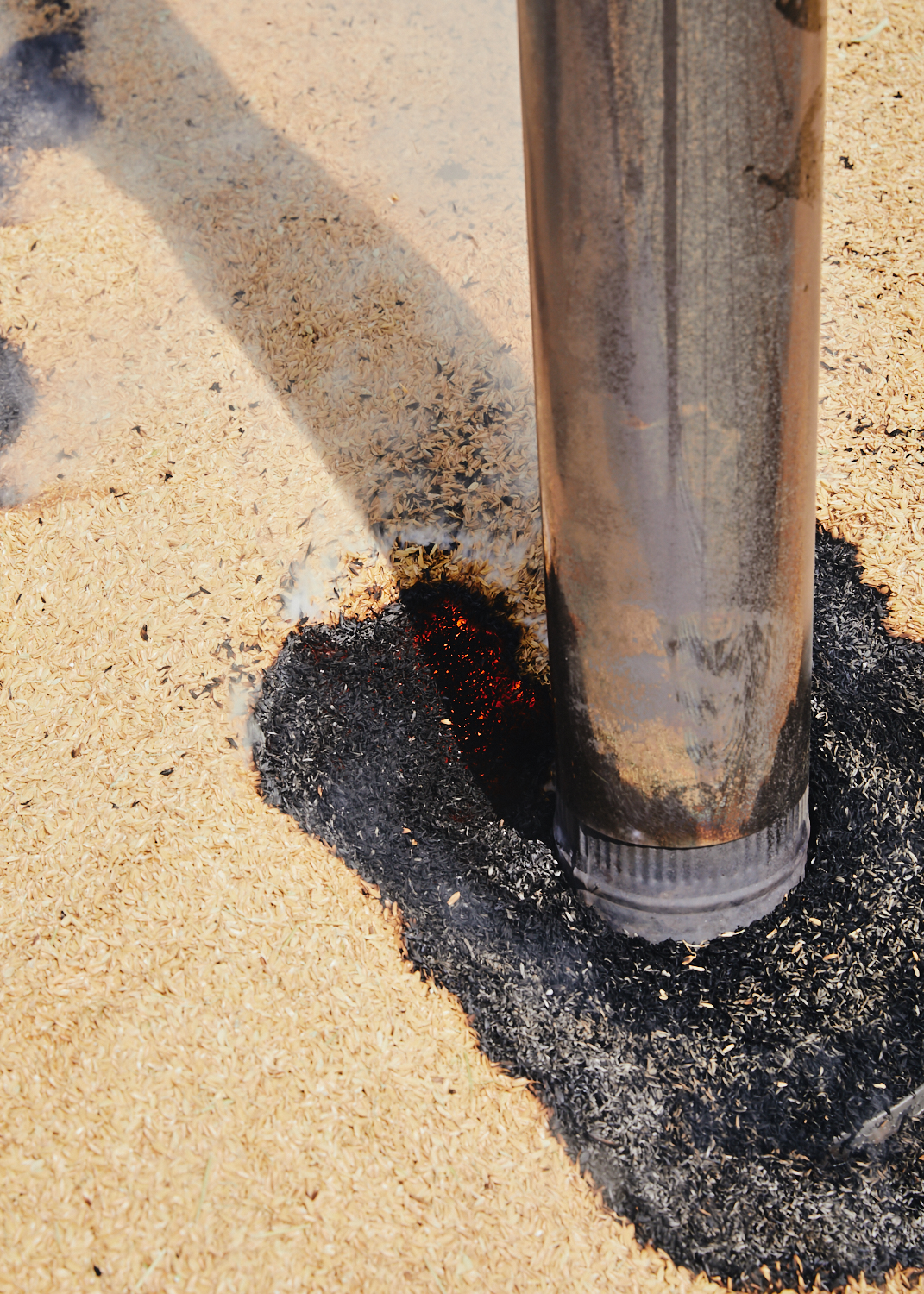
Temperatures reach above 800°C, but remain cooler than those used for porcelain. This low burn is kept throughout the night. Come wind or rain, Hokutoh members keep vigil over the ritual fire, never allowing it to go out until the baking is completed the following midday.
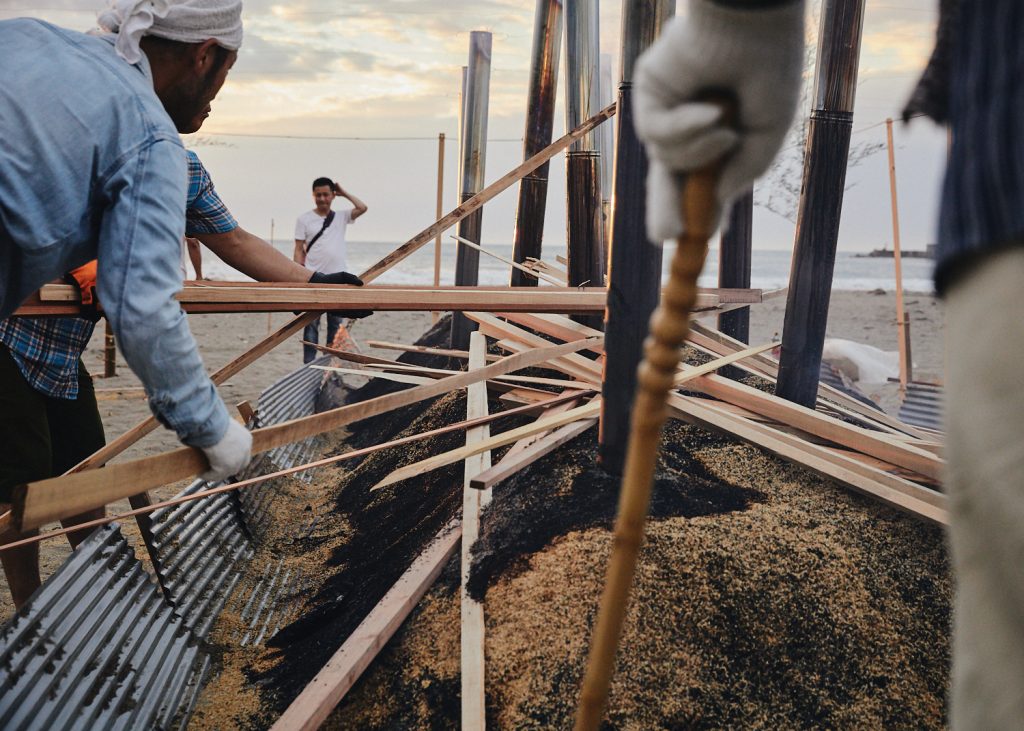
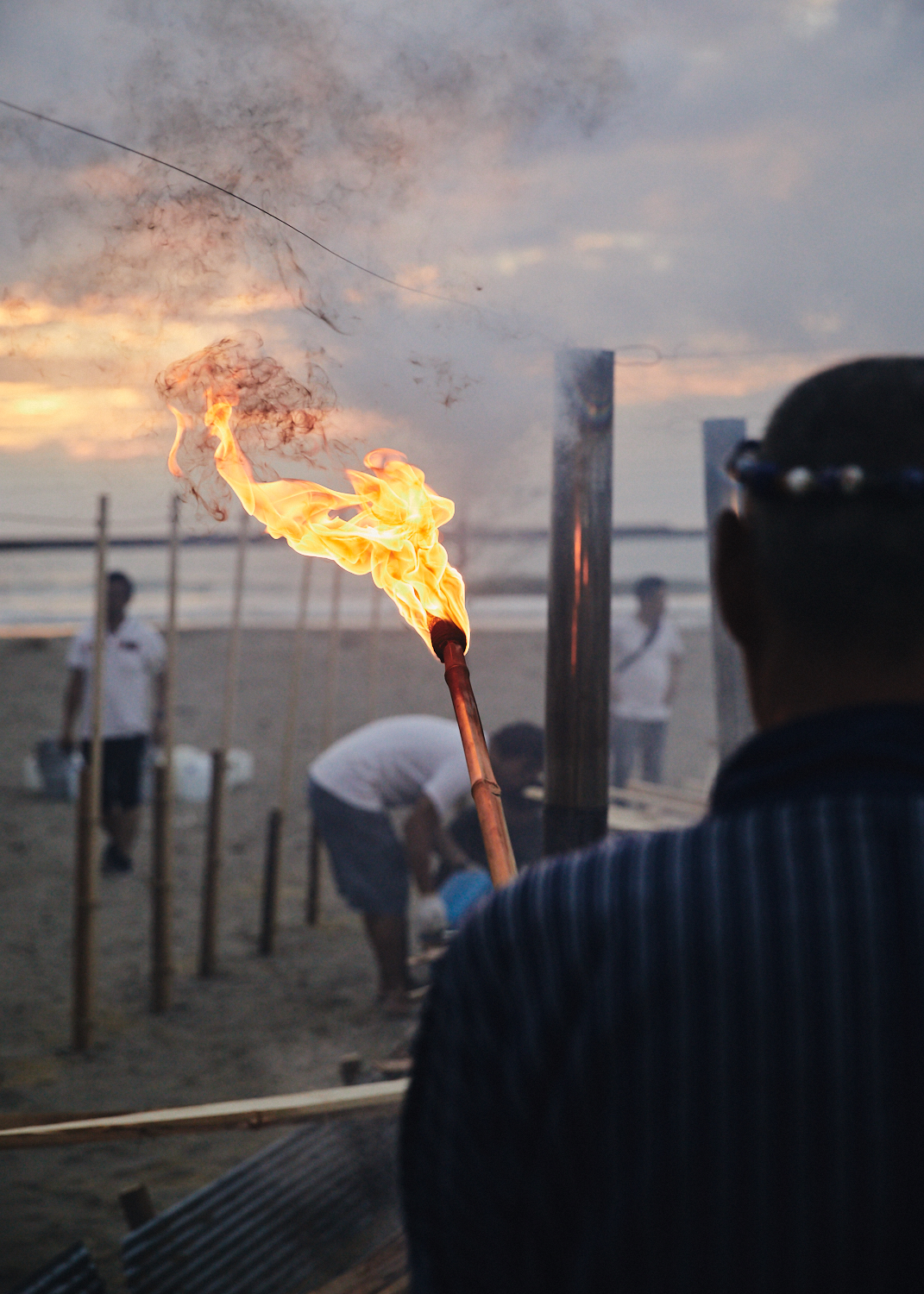

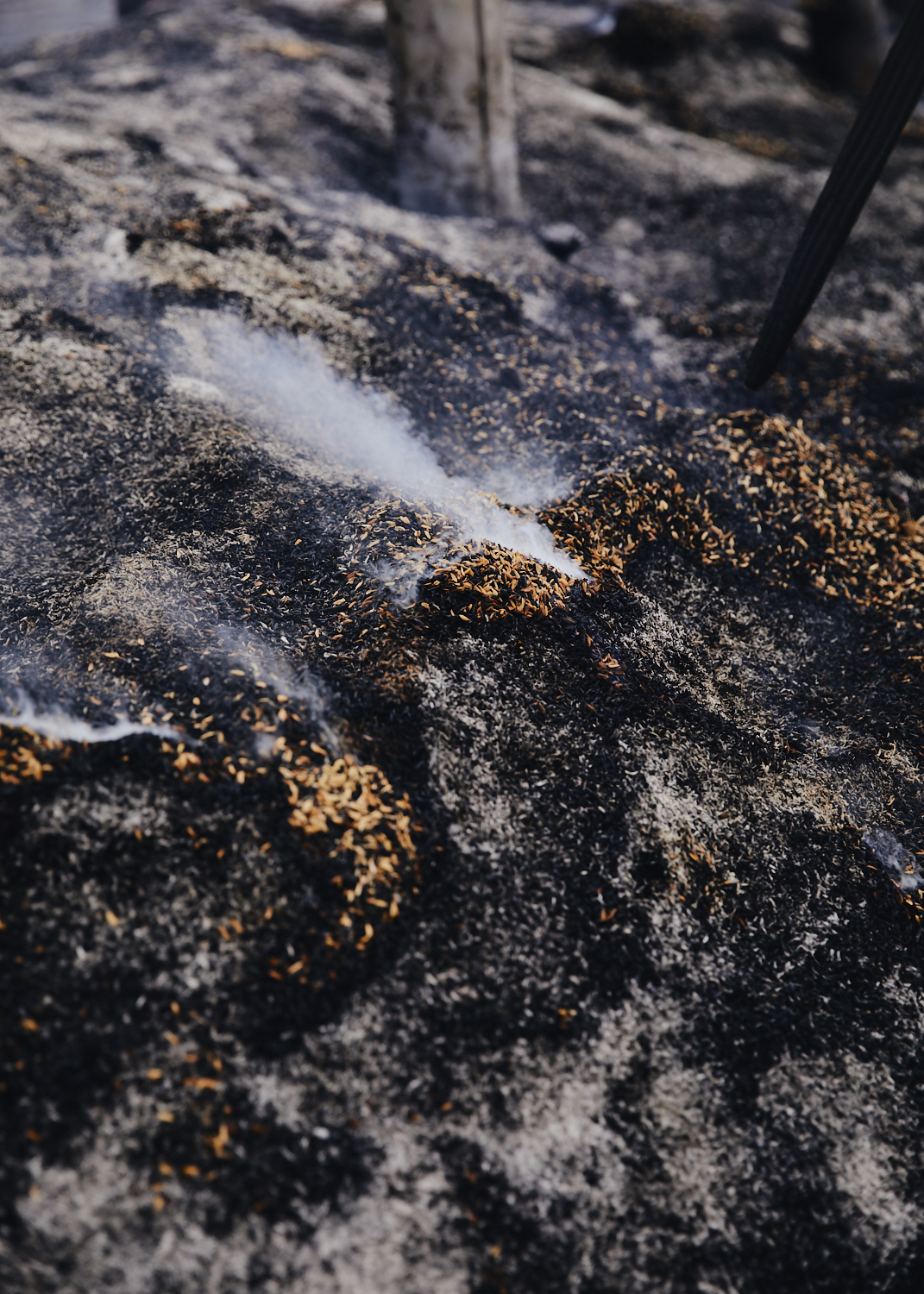
By morning, all that is left of the fire is smoldering ash, mimicking mist across a Japanese hillside.
When time is up, the master calls the men over to unveil the finished works. Men suit up in long sleeves and overalls, covering their heads with hats and towels, and their eyes with goggles. Women haul buckets of water into large plastic tanks.
Straw brooms catch fire as the men brush away the burned and still burning hulls of rice. They work carefully not to damage the pieces underneath, and with gloved hands, they carry each to the outer edges of the baking area to cool. Occasionally, they stop to dip their bodies waste down into a tank of water before heading back to the fire.
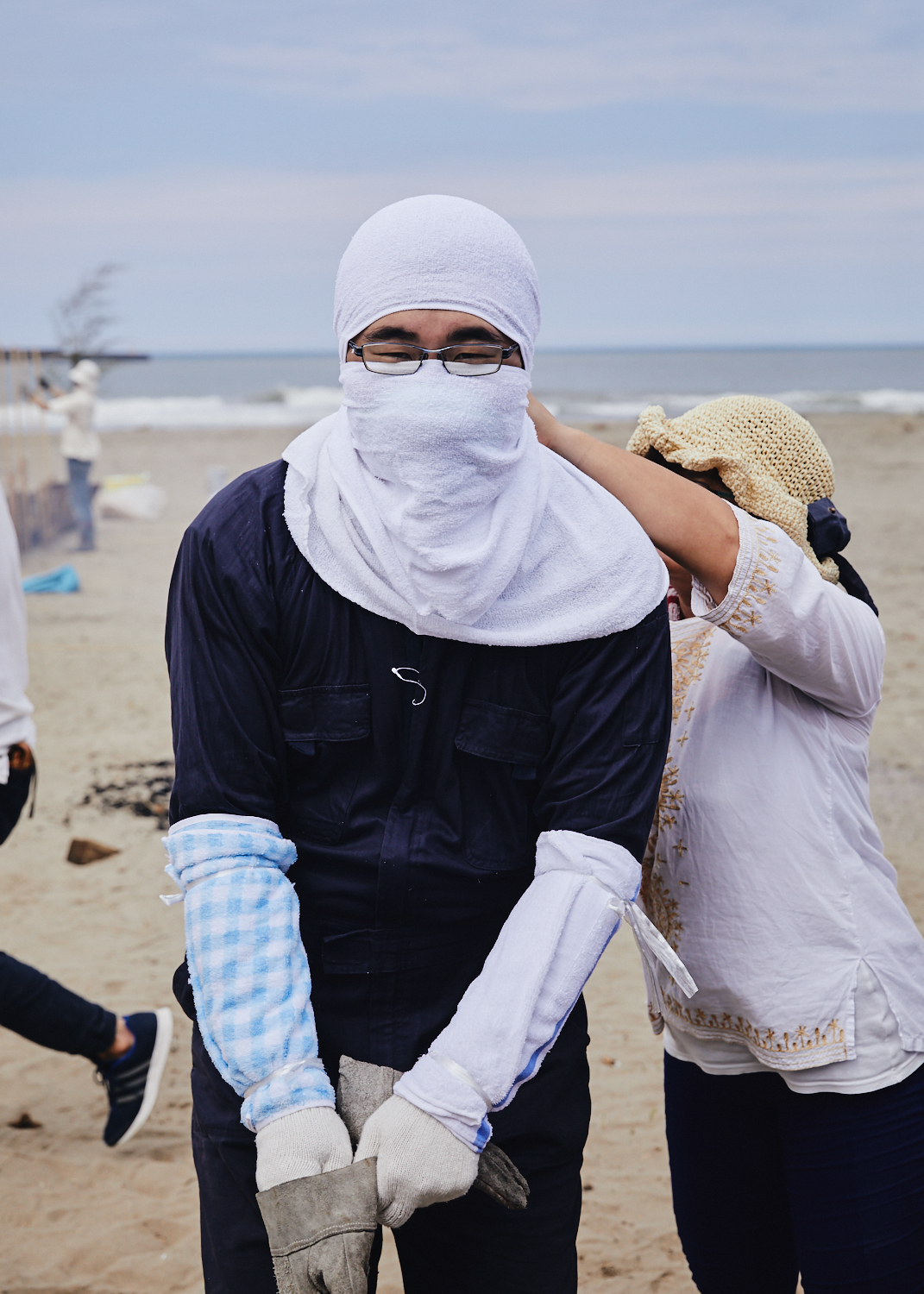

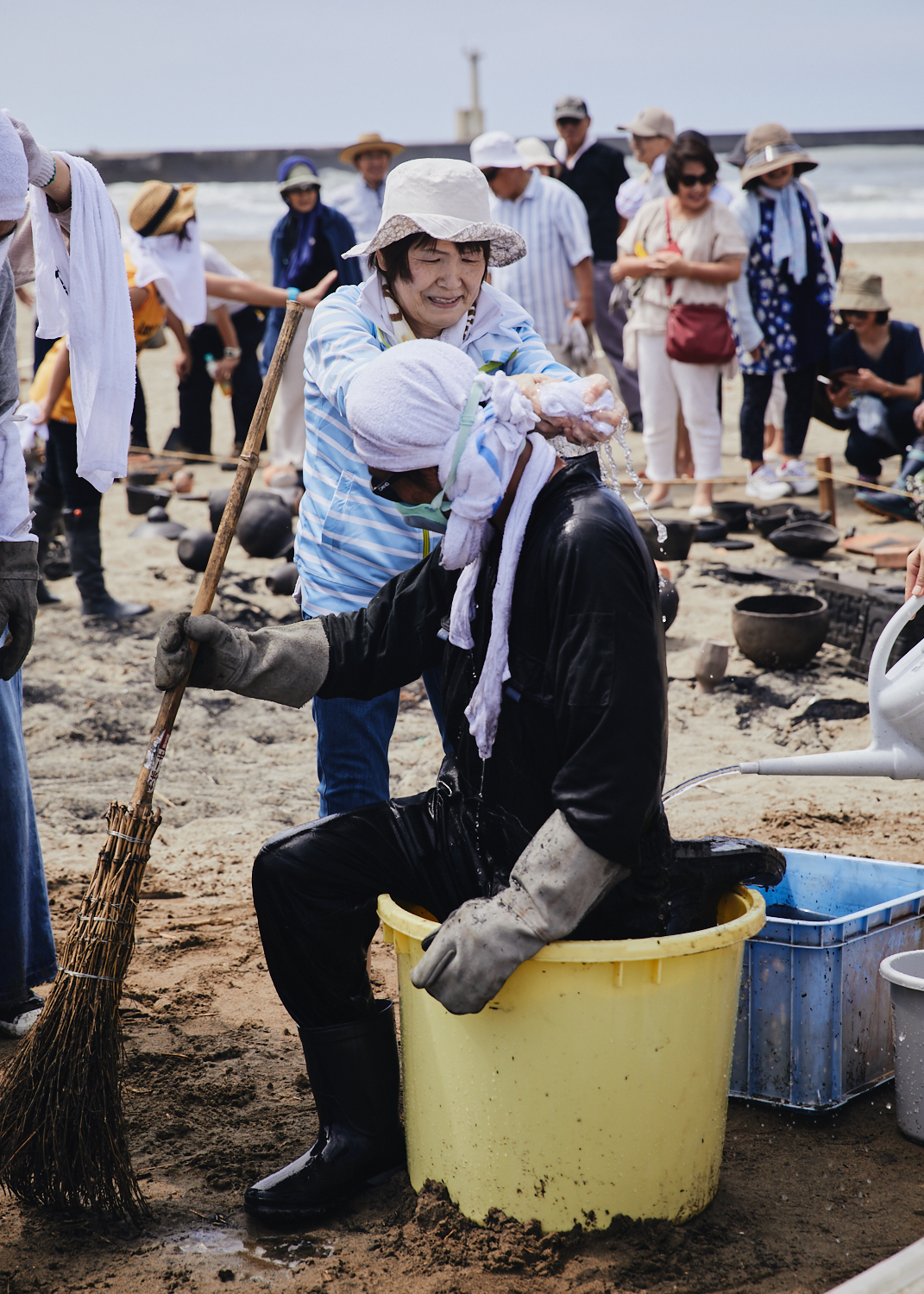
In Noyaki, it is the god who decides how each piece of earthenware will bake and color. Most take on the charcoal color of the rice soot. Many have a swirling mix of black and the clay’s natural adobe hue. A very few that have burned the hottest will appear ashen or silver.

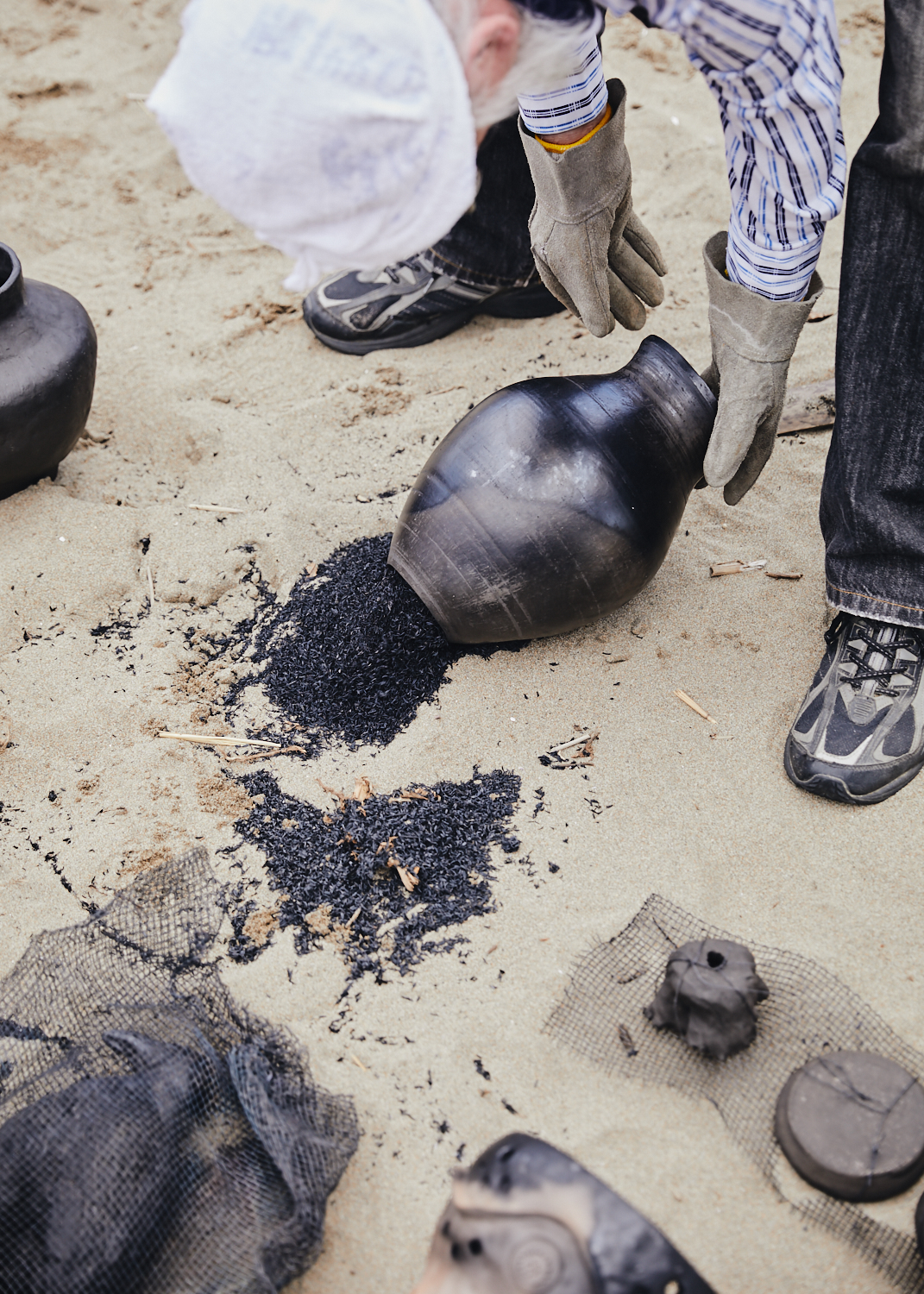
Tired, boiling hot, and relieved at the success, the potters cry with joy. This last year, about 800 ceramics came out of the fire. Thanks is offered once more to the god of fire, and the torch is finally allowed to rest.
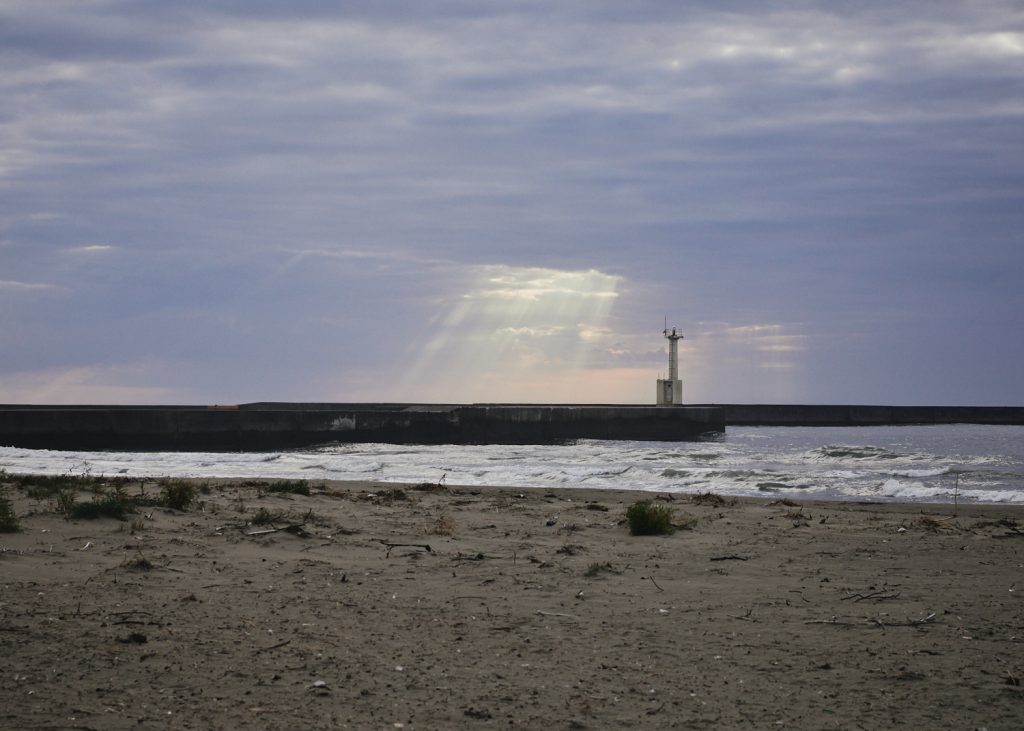
Noyaki, 2019: September 7 – 8
Non-members of Hokutoh are welcome to join this event as well as participate in Japanese ceramic creation throughout the year. Availability is limited to select days. Prices vary. (The special Noyaki event starts at 10,000 yen, though prices may vary. It includes light meals during the vigil.) Please note that the event, website, and staff interactions are only in Japanese.
Hokutoh Pottery House is located near Honda Forest and the D.T. Suzuki Museum. On fair days in spring, summer and autumn, the gates to it and the surrounding Shofukoku Garden are open. Handcrafted items in the shop’s front gallery are available for sale.
photos by Nik van der Giesen
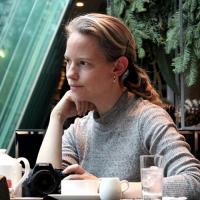
About a decade ago Rachel fell off a bus and then fell in love with this traditional-crafts and ice-cream-consuming capital of Japan. Editor and amateur photographer with a penchant for nature and history. Not actually fifty songbirds in a trench coat. (Former penname: Ryann)

